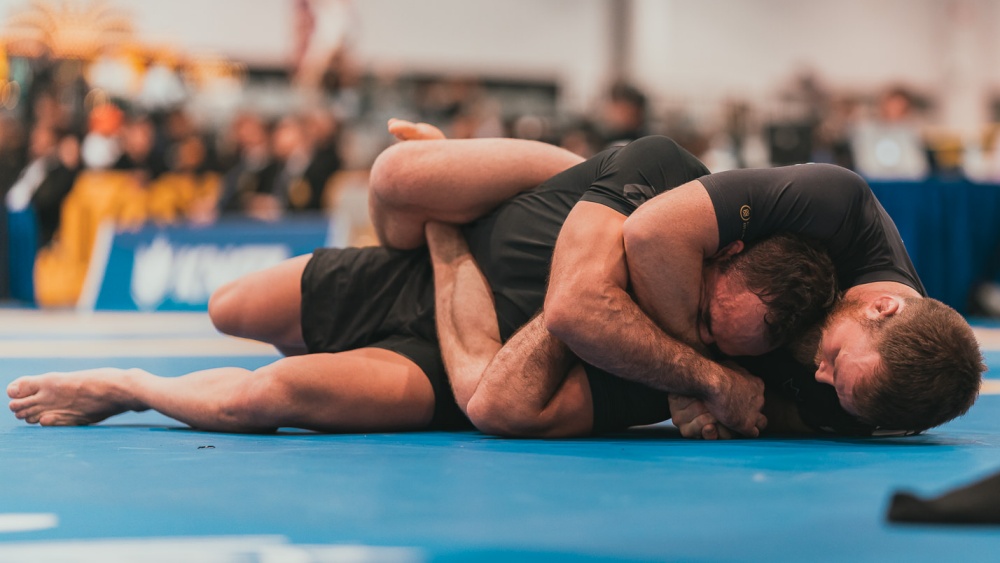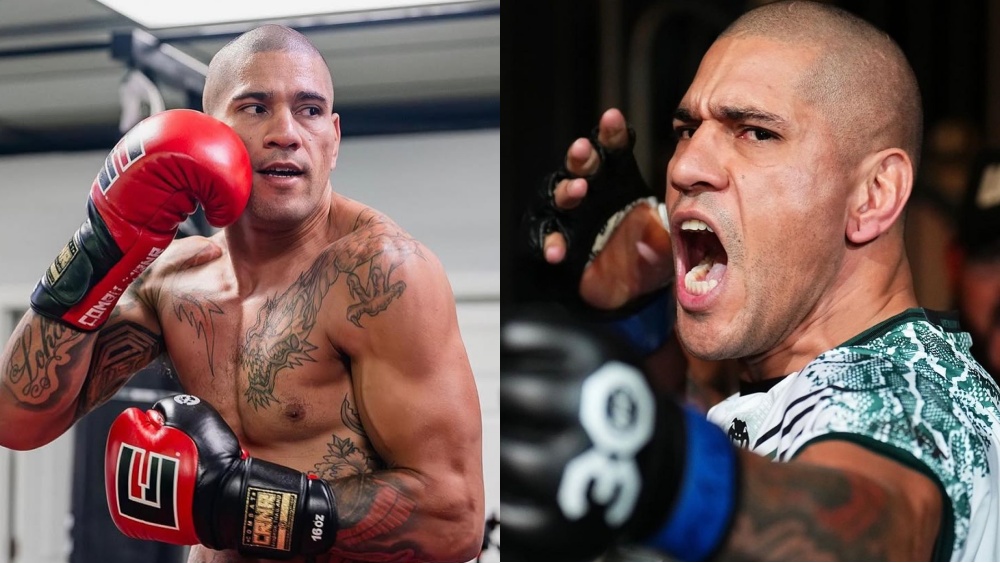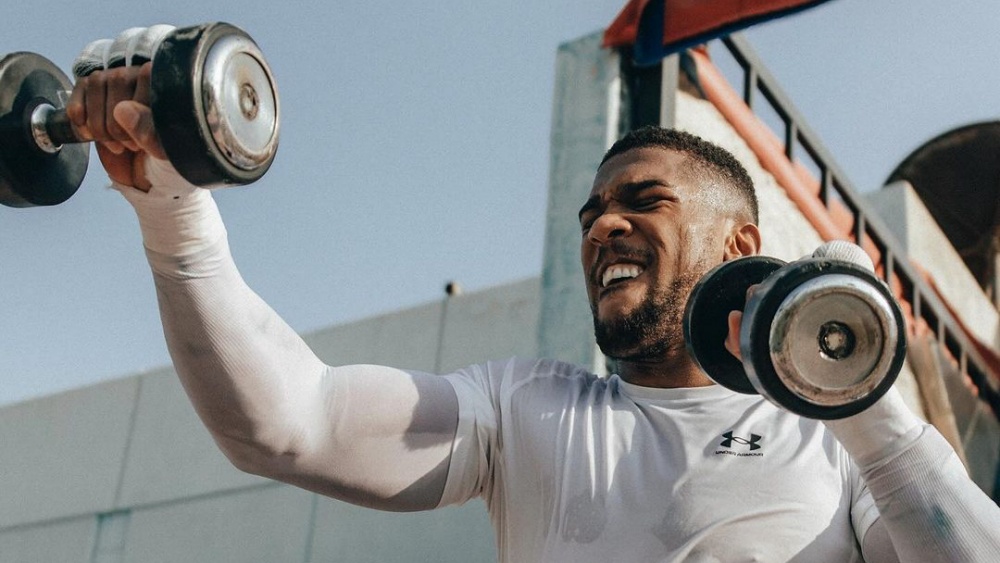In BJJ, a practitioner’s belt rank is an indicator of their current skill level. Grapplers get their well-deserved promotion after spending a significant time grappling on the mats. Although standards may vary from one instructor to another, the belt is a reflection of a practitioner’s hard work, dedication, and passion for our beloved sport.
Nevertheless, getting promoted comes with a responsibility; this includes constantly improving your current skill set and looking over the lower belts. This article will discuss what you should focus on as you get up in rank in BJJ.
The Ranking System In Jiu-Jitsu
The adult BJJ belt ranking system starts ascendingly from white, blue, purple, brown, and black. Each rank has its different standards and areas for improvement. While every grappler’s style is unique, as some may be a top player, and others prefer the bottom game, it is critical to have a certain level of proficiency in every aspect of grappling. Below are the skills you should learn and improve on as you rise through the ranks in BJJ.
The Guard
The advanced guard system of BJJ is what separates it from other martial arts. As you rise through the ranks, it is important that you become comfortable fighting off your back. Playing guard doesn’t mean having to play the sophisticated ones; even the fundamentals work at the highest level of competition. What counts is that you develop your guard retention and build a guard game (of your preference) that’s hard to crack.
Likewise, it is also vital that you know how to escape from bad positions. It will give you the confidence you need to constantly attack, as there can be times that you will get pinned because of a sweep or a reversal after attempting a submission. It is critical to know your way out and back up. Remember that it will be difficult for the opponent to beat you if they can’t make you tap out.
On a side note, you must also know how to apply your techniques in an environment where strikes are involved – this is a must for practical self-defense applications.
Guard Passing And Submissions
Assuming that you have focused on developing your defense and escape in your days as a lower belt, as you advance through the ranks, it is necessary that you also develop your preferred style of guard passing and submissions from your favorite positions. While the guard is rewarding in its nature, the main goal in BJJ is to be the grappler on top. It is crucial to have the ability to stay in a dominant position for long periods as this will tire out the opponent.
Focus on developing a series of attacks from your favorite positions. If getting behind the opponent (back mount) is your go-to move, improve your ability to apply different submissions from there.
Typically, a skill requirement for blue and purple belts is the ability to chain attacks. Being able to do this means you have a keen understanding of your favorite position. In chaining your attacks, you have to anticipate the different reactions from the opponent as you impose your techniques.
Becoming an expert at chaining attacks means setting traps to catch the opponent off guard, limiting their movements as you transition from one position or submission to another. For example, you can use the three brothers submission, namely the triangle, armbar, and omoplata from closed guard.
Learn Takedowns
Takedowns are some of the most neglected skills for most BJJ practitioners. Most beginners are taught to grapple straight on the ground. While it is done most of the time in training, every competition match starts standing up. As a practitioner of a grappling martial art, you must know how to take the fight to the ground. Practicing your standup will not only make you better with your takedowns, but it will also drastically improve your takedown defense and guard passing skills.
When learning takedowns, you don’t need to master too many techniques. Becoming good at a couple of takedowns that suit your grappling style is always the best approach. To start, try incorporating the single and double leg takedown or the body lock into your game.
Leg Attacks And Defense
Being a higher belt means being more open in training leg attacks. Rolling with other higher belts will probably include leg submissions, giving importance to your leg lock defense. In the current meta of BJJ, where leg locks are more widely used than ever, you must become familiar with the main leg lock positions and know how to defend against them.
The current IBJJF ruleset states that only brown and black belts are allowed to perform the heel hook in their competitions. However, this doesn’t mean that you shouldn’t learn and train them. Luckily, heel hooks are not the only leg submissions you can perform. If you are a purple belt or below, the straight foot lock is a solid leg submission you can do in the IBJJF rule set.
Physical conditioning is another aspect that BJJ players should invest time into. Whatever martial arts you choose, having a well-conditioned body is always beneficial, and is especially essential if you want to become a competitor. As you get farther in your BJJ journey, injuries may sometimes get out of hand. Doing extra conditioning work outside the mats can prevent injuries during training and will always help you become a better grappler.
Strength and conditioning are keys for longevity on the mats. As you become older, injuries are by far one of the most common reasons for missed training and may further weaken your game if left unaddressed. As Chris Haueter said, it is not who’s good; it’s who’s left.
Conclusion
This list covers the general areas for improvement as a BJJ practitioner gets up in rank. Every grappler is different; adjust accordingly to what your game is lacking. Develop every aspect of your game to become well-rounded and dominant on the mats.
You may also like:

















